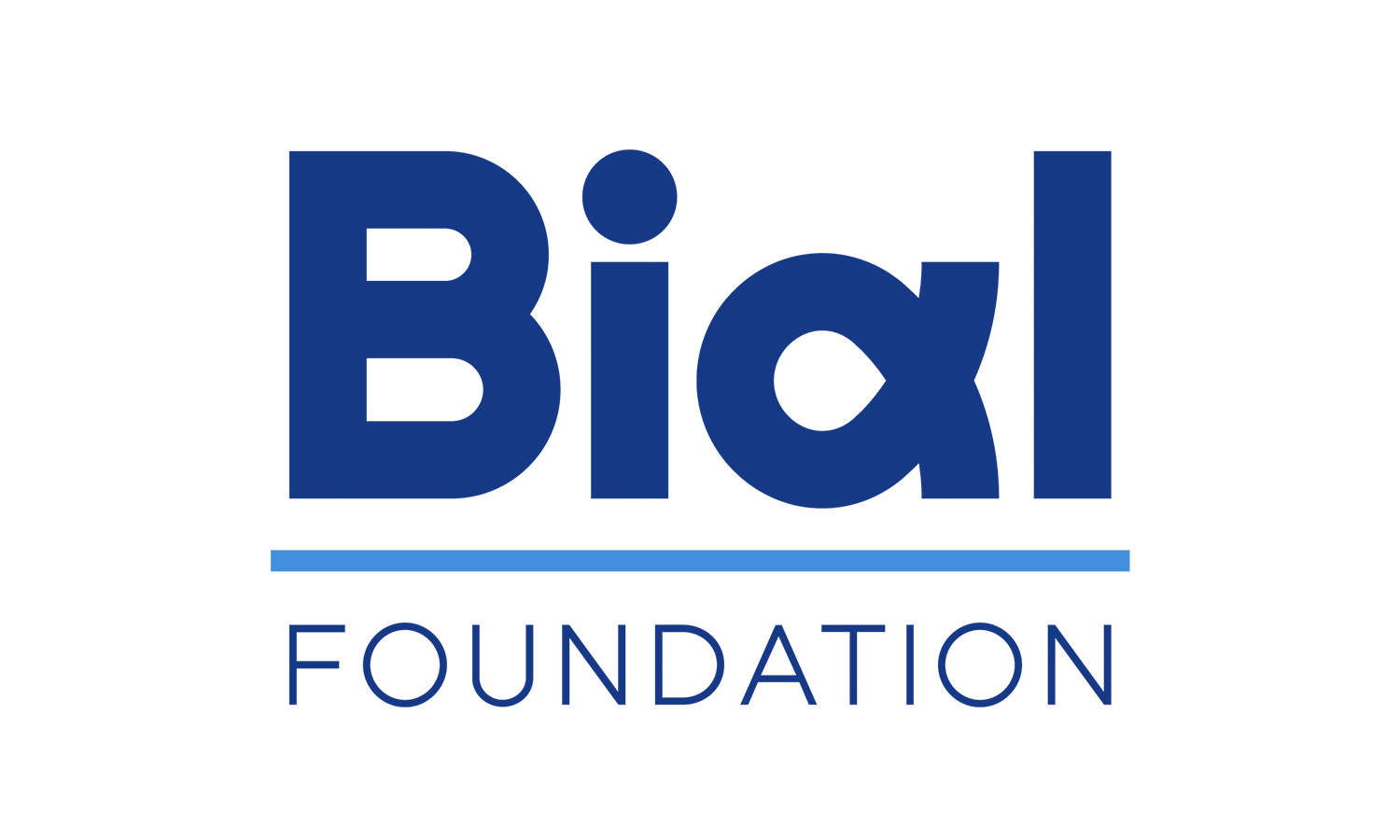In the scope of the research project 92/18 - Attending mindfully: A psychophysiology study of sensory processing in meditators, supported by the BIAL Foundation, Veena Kumari and colleagues examined the effect of regular meditation practice on startle modulation paradigms, specifically habituation and prepulse inhibition (PPI), by comparing the groups of meditators (n = 32) and non-meditators (n = 36). They found no significant differences, on average, between meditators and non-meditators in habituation or PPI, but meditators who reported being able to easily enter a state in which their awareness of the self and others/surroundings are perceived as one, without separation (non-dual awareness), during meditation practice, showed greater PPI, relative to those who could not. These results suggest that differential sensory processing characteristics of meditators may explain subjective differences in meditation experience. More information is available in the article Non-dual awareness and sensory processing in meditators: Insights from startle reflex modulation published in the scientific journal Consciousness and Cognition.
ABSTRACT
Startle modulation paradigms, namely habituation and prepulse inhibition (PPI), can offer insight into the brain’s early information processing mechanisms that might be impacted by regular meditation practice. Habituation refers to decreasing response to a repeatedly-presented startle stimulus, reflecting its redundancy. PPI refers to response reduction when a startling stimulus “pulse” is preceded by a weaker sensory stimulus “prepulse” and provides an operational measure of sensorimotor gating. Here, we examined habituation and PPI of the acoustic startle response in regular meditators (n = 32), relative to meditation-naïve individuals (n = 36). Overall, there was no significant difference between meditators and non-meditators in habituation or PPI, but there was significantly greater PPI in meditators who self-reported being able to enter and sustain nondual awareness during their meditation practice (n = 18) relative to those who could not (n = 14). Together, these findings suggest that subjective differences in meditation experience may be associated with differential sensory processing characteristics in meditators.





































































